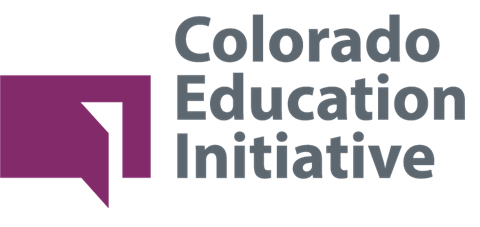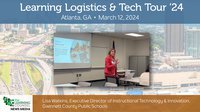‘Stretched thin’: Superintendent survey highlights concerns with teacher burnout, learning loss – By Erica Metzler, Chalkbeat
Young students are struggling to learn to read, and teachers are burning out as Colorado schools slog through the ninth month of the pandemic.
Those issues emerged as top concerns in a survey of 140 superintendents conducted by the nonprofit Colorado Education Initiative and the Colorado Department of Education. The needs assessment updates a similar survey conducted in the spring and reflects the challenges of educating students learning both in person and remotely while managing conflicting health and safety guidance and frequent quarantines.
The findings highlight the problems school districts need to solve this year — and the potentially long-lasting consequences of a year or more of disrupted learning. State education officials will use the findings to provide more targeted support to school districts, and legislators could use them to consider policy changes.
In the spring, superintendents rated the mental health of older students as their top student concern and better support for online instruction as their top concern for staff. In this survey, staffing shortages and teacher mental health loomed largest for district leaders.

Report: More schools trending toward integration but challenges persist – By Kara Arundel, K-12 Dive
Research shows students who attend schools with diverse populations perform better academically on average and have reduced levels of racial prejudice. But even though the landmark Brown v. Board of Education school desegregation case was decided 66 years ago, many Black and Latinx students still are disproportionately attending schools that are predominately segregated or underfunded, according to the foundation report.
“The data also shows that parents of all racial and economic backgrounds, of course, want the best education for their child so we have seen that by students going to diverse schools, they are more culturally competent,” said Michelle Burris, a senior policy associate at The Century Foundation and co-author of the report.
After decades of stagnant efforts to desegregate schools, progress is occurring, the researchers found. For example, they discovered that of the 185 districts and charter schools that have self-initiated integration efforts, about a quarter implemented proactive programs within the last four years. Also, about half of those districts and charter schools have no racial or ethnic majority in student populations, compared to only 13% of school districts and charters nationwide.
The other 722 districts are under legal desegregation orders or voluntary agreements. The states with the most districts making efforts to integrate schools are California, Florida, Texas, North Carolina, Iowa and Minnesota.

OPINION: To the rescue — The schools we need now are community schools – By Jane Quinn, The Hechinger Report
When America’s schools shut down in mid-March as a result of Covid-19 and transitioned to some form of remote learning, the nation’s community schools responded rapidly. That’s because these schools already had strong existing relationships with providers of community resources, both public and private.
At least 8,000 American public schools identify as community schools, meaning that they work in well-planned partnerships with local organizations that offer resources like medical, dental and mental health services; before- and after-school programs; and housing and employment assistance to parents. These partners are integrated into the life of the school, both through formal mechanisms and through informal day-to-day contact, which means they can get the right services to the right students at the right time.
City Connects, an organization that integrates student support services in more than 150 urban schools, saw the coronavirus pandemic highlight its value.
School leaders who might want to pursue this strategy in the wake of the pandemic should know that the shift to community schooling cannot happen overnight, but there are models to emulate and people who can help. For example, the nonprofit organization Children’s Aid partners with 19 local public schools in New York City and operates the National Center for Community Schools. Its seasoned staff assists schools and districts in other areas to adapt the community school strategy to their specific local contexts.

Elementary, middle school students falling behind in math amid pandemic: research – By Cameron Jenkins, The Hill
A significant number of elementary and middle school-aged children are showing signs of falling behind in math amid the coronavirus pandemic, which has forced many children to complete this year's coursework online, according to new research.
The numbers from NWEA — a nonprofit organization that regulates standardized testing — show a disproportionate effect on students who come from low-income families and minorities, The Associated Press reported.
NWEA collected data from more than 4 million students in third through eighth grade in the U.S., and discovered that among those students who are economically disadvantaged, nearly 1 in 4 who took the standardized tests in 2019 did not participate in 2020 testing.












